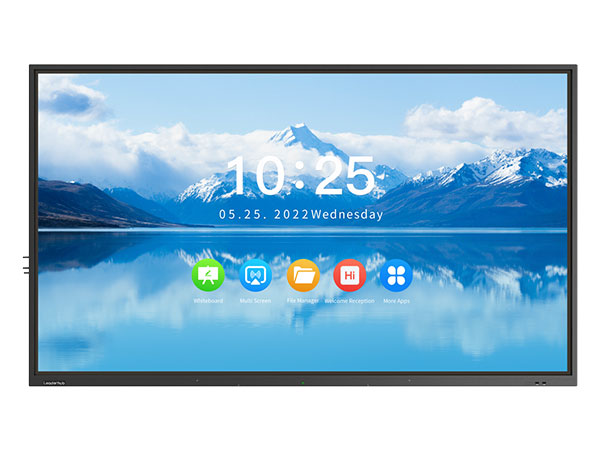
Interactive flat panel displays have emerged as a powerful tool driving innovative research methods in various disciplines. These advanced technological devices offer a range of features and benefits that enhance collaboration, interactivity, and data visualization. From scientific studies to business analysis, interactive flat panel displays have proven to be a game-changer, revolutionizing the way research is conducted and insights are gained.
Advancing Collaboration and Interactivity
One of the prominent advantages of interactive flat panel displays is their ability to promote collaboration and interactivity among researchers. These displays provide a large, high-definition touchscreen interface that enables multiple users to simultaneously interact with the content. This feature fosters active participation and enhances brainstorming sessions, leading to more innovative ideas and problem-solving approaches. With the integration of interactive software, researchers can annotate, draw, and manipulate data in real-time, allowing for dynamic discussions and analysis.
Enhancing Data Visualization and Analysis
Interactive flat panel displays offer an array of tools and software applications that facilitate data visualization and analysis. Researchers can import raw data into visualization software to create vivid and interactive charts, graphs, and diagrams. This visual representation enables researchers to identify patterns, trends, and outliers in the data more easily. With the touch capabilities of the flat panel displays, researchers can zoom in, highlight, and explore different aspects of the visualizations, gaining deeper insights into the research topic. This enhanced data visualization and analysis lead to more accurate interpretations and efficient decision-making processes.
Enabling Remote Collaboration and Accessibility
Another significant advantage of interactive flat panel displays is their ability to enable remote collaboration and accessibility. With the integration of collaboration software and video conferencing tools, researchers from different locations can connect and work together in real-time. This feature is particularly beneficial for international research collaborations and interdisciplinary studies. Additionally, interactive flat panel displays can be equipped with accessibility features, such as screen reading software and adjustable font sizes, ensuring inclusivity and accommodating researchers with visual impairments. The seamless integration of remote collaboration and accessibility features expands the reach of research and promotes global knowledge-sharing.
In conclusion, interactive flat panel displays have revolutionized research methods by enhancing collaboration, promoting interactivity, facilitating data visualization and analysis, and enabling remote collaboration and accessibility. These advanced technological tools offer a versatile platform for researchers to explore and gain insights into their respective fields. As interactive flat panel displays continue to evolve, researchers across various disciplines can look forward to exploring new frontiers in their research.

